On May 16, the exhibition "Zen Dance - Buddhist Art of the Ly Dynasty: Heritage and Technology" opened at the National Museum of History, Hanoi .
The exhibition introduces 14 typical artifacts, selected from the Ly Dynasty Buddhist heritage currently preserved at the National History Museum, containing the most unique values of Ly Dynasty Buddhist art, with interpretations and projections using modern technology techniques.
Dr. Nguyen Van Doan, Director of the National Museum of History, said that through the use of digital technology, the exhibition aims to contribute to the restoration, regeneration and revival of extremely valuable cultural heritages, hoping to bring visitors new, deeper and more attractive experiences.
Thereby, the public understands more deeply and appreciates traditional cultural values, contributing to raising awareness of preserving and promoting national cultural values.
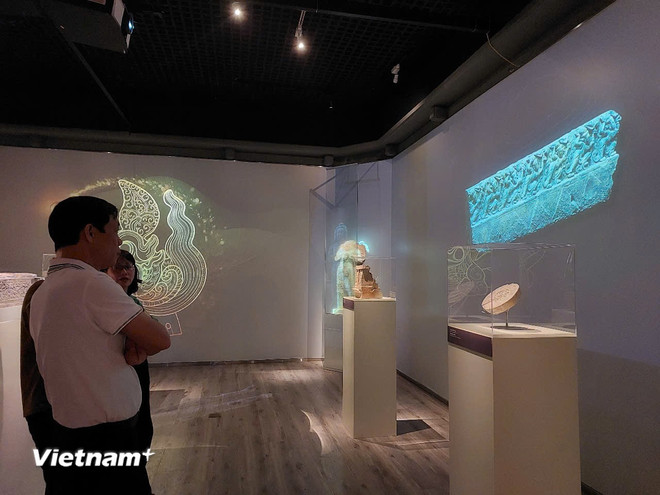
According to Dr. Nguyen Van Doan, during the Ly Dynasty (1009-1225), Dai Viet was a developed and prosperous country in the region, Buddhism became the official ideology, strongly influencing history, culture and art.
On that journey, Vietnamese Buddhism has left behind many unique cultural heritages including the space system, pagoda and tower architecture, sculptures, statues, pottery, literature, music and many Buddhist rituals, contributing worthily to the rich and unique art treasure of the nation. Typical of these are the "national temples" built such as One Pillar Pagoda, Bao Thien Tower, Dam Pagoda, Phat Tich Pagoda, Long Doi Pagoda...
The art of Buddhist sculpture during the Ly Dynasty reached its peak with the harmonious combination of Zen Buddhism, royal art and folk culture, creating a style that was graceful yet majestic, sacred yet intimate. The sculptures of the Ly Dynasty, with the techniques of making round statues, reliefs, embossments, and openwork carvings, were created in soft, graceful, balanced, harmonious, highly stylized shapes but still retained their natural features.
The art of Buddhist music and dance during the Ly Dynasty was a unique combination of religious rituals, folk traditions and royal art, creating a unique musical and dance heritage imbued with national identity. During the Ly Dynasty, Buddhism was the national religion, music and dance became a means of spreading teachings and practicing rituals; musical instruments and melodies were influenced by major cultures such as India and China but were deeply Vietnamized. Buddhist rituals were solemnly held with solemn music under the patronage of the royal court.
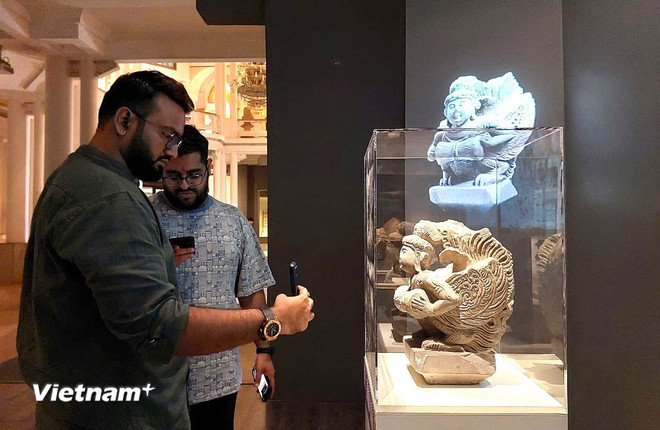
Indian tourist Rishav Gadhwali said he was impressed when visiting the exhibition. Although the number of artifacts is not much, all of them have impressive visual art. Especially the exhibition applies technology to make the artifacts become soulful.
“I am very impressed with the Kim Cuong statue, an antique that is missing its head, but thanks to modern projection technology, the public can admire an intact statue to have a more complete view of Buddhism and Vietnamese history in the 10th century,” said Rishav Gadhwali.
The exhibition is organized in cooperation with the Institute of Asian Civilization Studies and CMYK Vietnam Co., Ltd., and will run until July 2025 at the National Museum of History, 1 Trang Tien, Hanoi./.
Some artifacts in the exhibition:



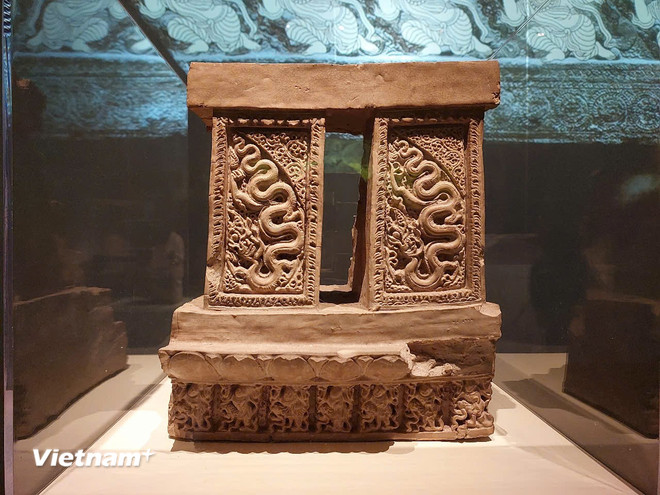
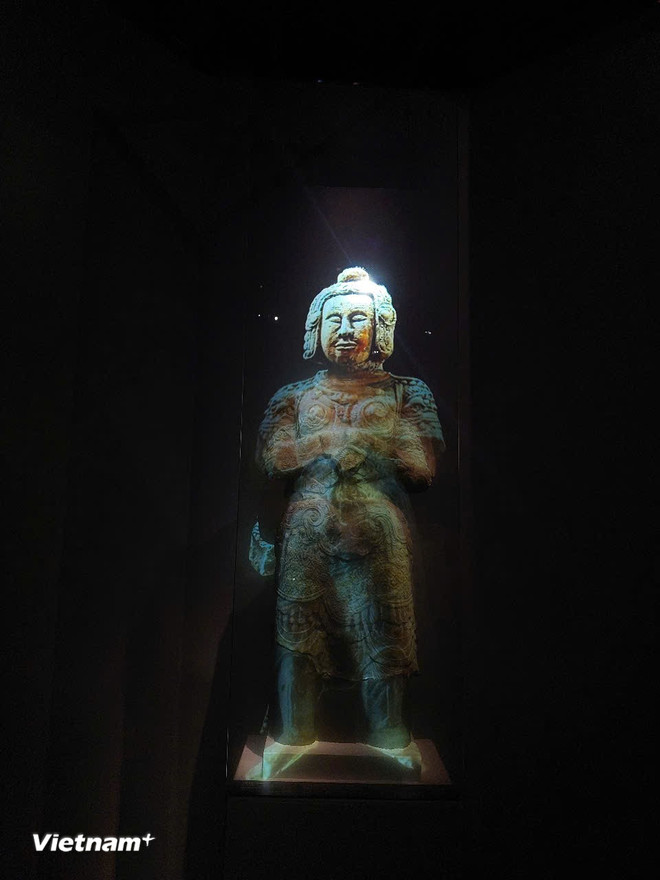
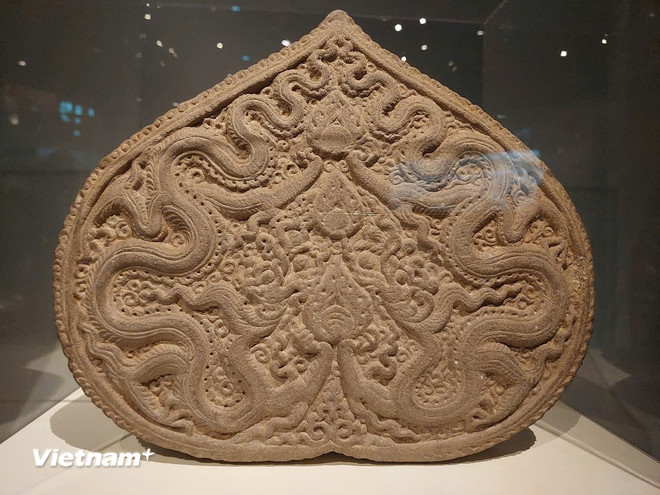


Source: https://www.vietnamplus.vn/ngam-bo-suu-tap-co-vat-mang-dam-dau-an-nghe-thuat-phat-giao-thoi-ly-post1038910.vnp


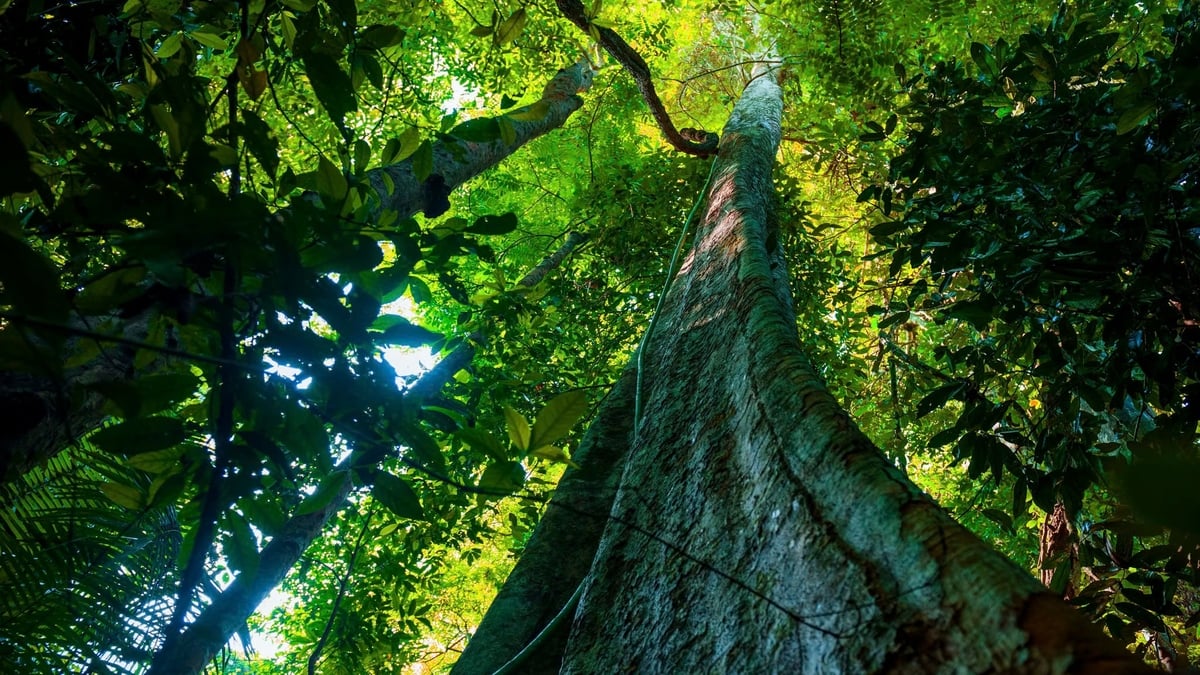
![[Photo] Hungarian President and his wife take a walk and enjoy the view of Hoan Kiem Lake](https://vphoto.vietnam.vn/thumb/1200x675/vietnam/resource/IMAGE/2025/5/28/b9c83fbe6d5849a4805f986af8d33f39)

![[Photo] Welcoming ceremony for Hungarian President Sulyok Tamas and his wife on an official visit to Vietnam](https://vphoto.vietnam.vn/thumb/1200x675/vietnam/resource/IMAGE/2025/5/28/7956bacf4a3e4bde8326cb8f72a3b26c)
![[Photo] Hungarian President begins official visit to Vietnam](https://vphoto.vietnam.vn/thumb/1200x675/vietnam/resource/IMAGE/2025/5/27/ab75a654c6934572a4f1a566ac63ce82)
![[Photo] President Luong Cuong holds talks with Hungarian President Sulyok Tamás](https://vphoto.vietnam.vn/thumb/1200x675/vietnam/resource/IMAGE/2025/5/28/0f603676be6444aa9f52d4bd32582b4d)
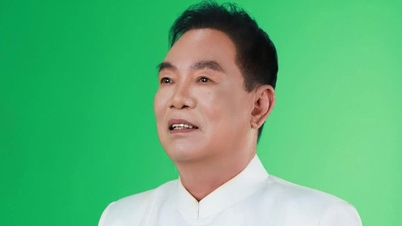

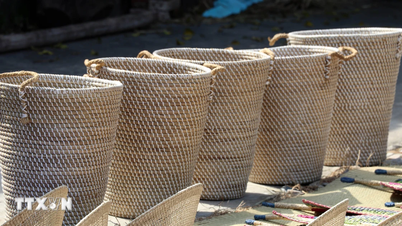
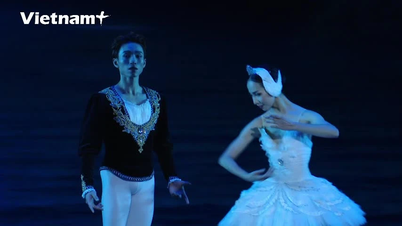



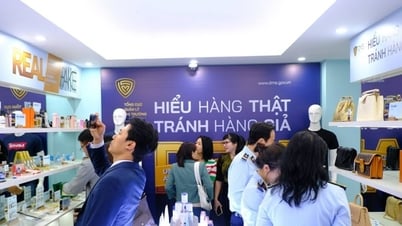







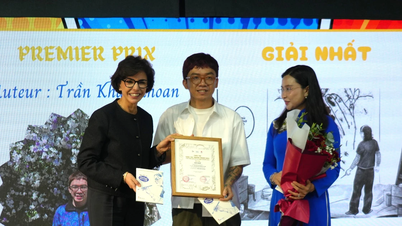
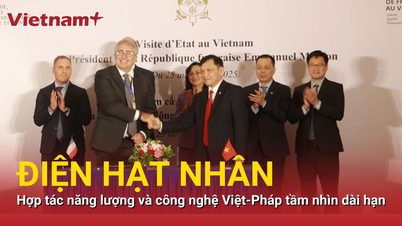
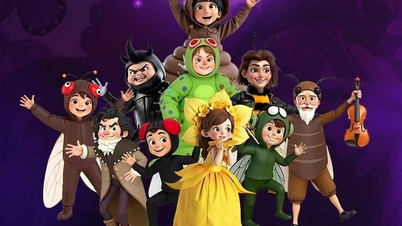
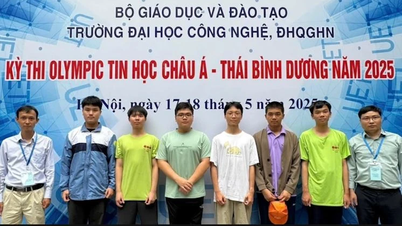

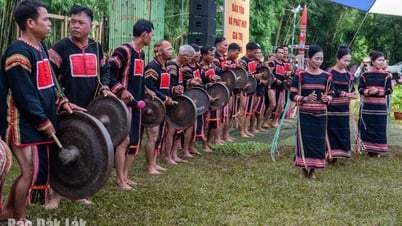

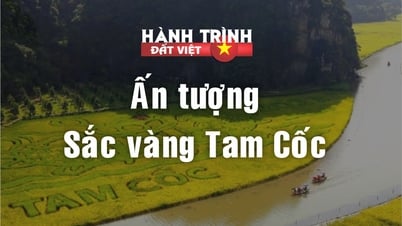


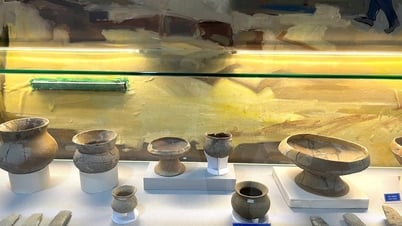



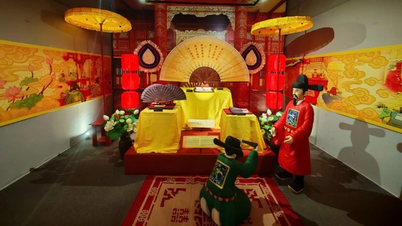



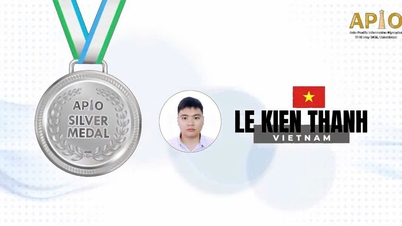
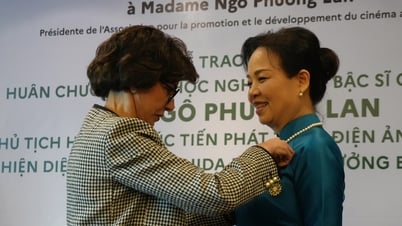

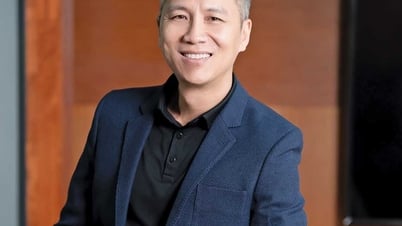

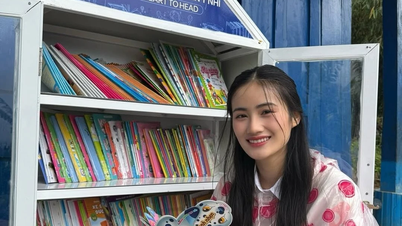
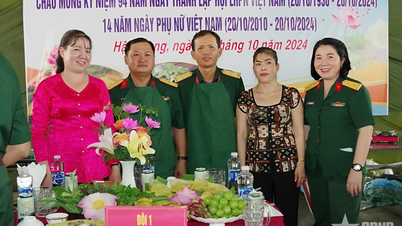



![[Case Study] VIMC – 30-year journey of overcoming waves and reaching far](https://vphoto.vietnam.vn/thumb/402x226/vietnam/resource/IMAGE/2025/5/28/ac45a93a62884eec85471e6c89ef521a)






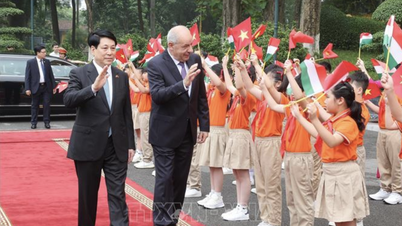







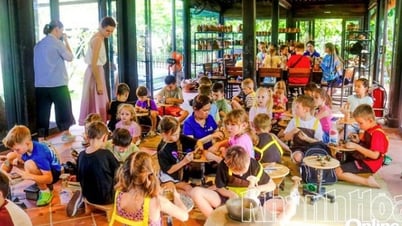
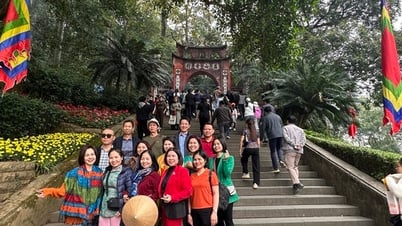



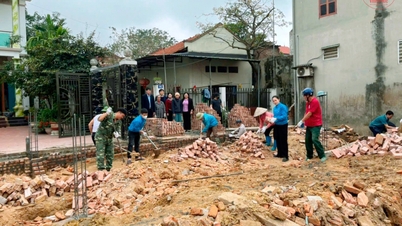

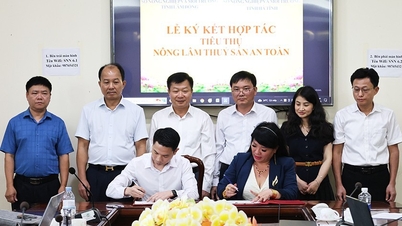

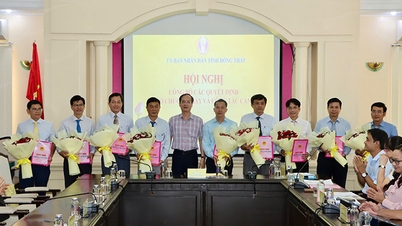
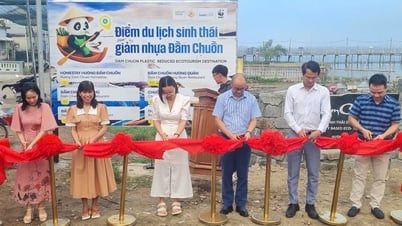

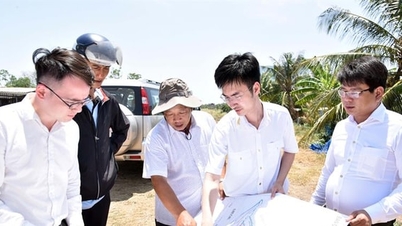

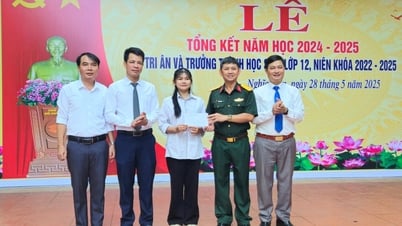

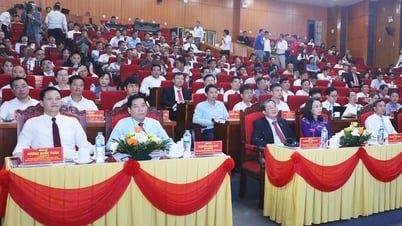

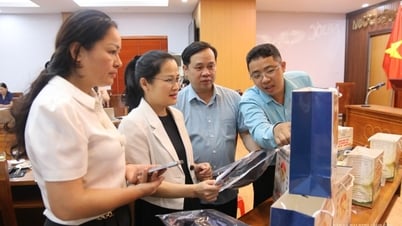

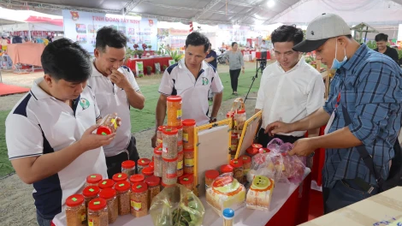

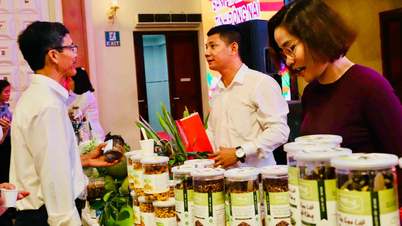

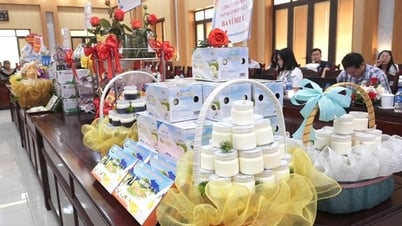
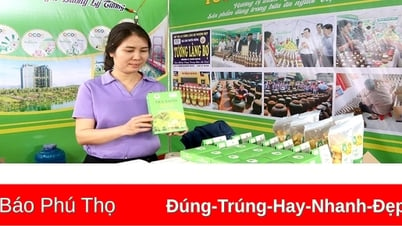

Comment (0)